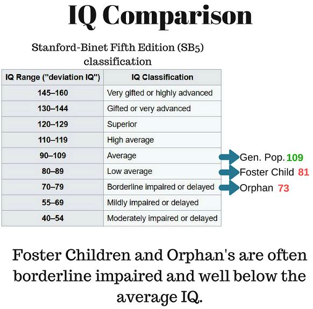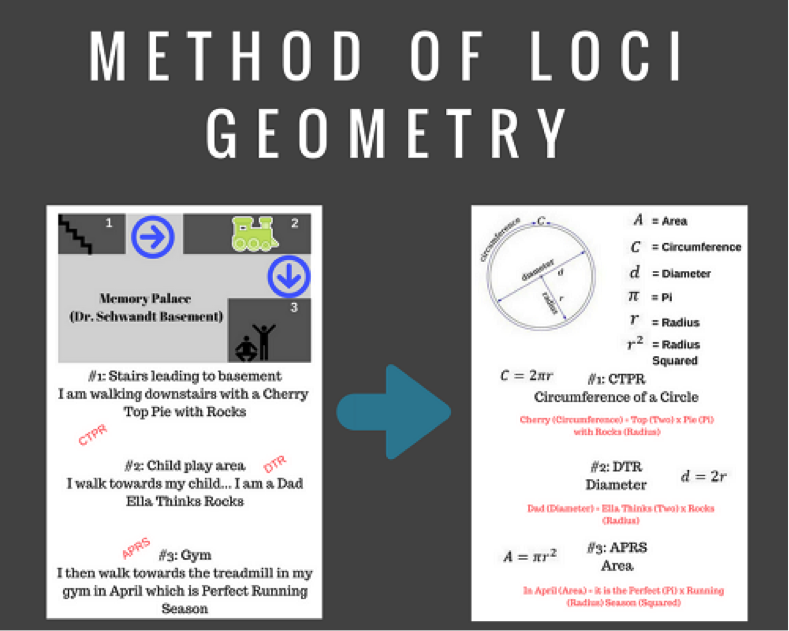Knowledge Gap: A Better Way to Remember Everything | Part 1
We can intuitively conclude that a Knowledge Gap exists between children raised in an affluent family and children raised in a disadvantaged family. However, research does exist on this exact topic. In fact, the Knowledge Gap Hypothesis explains that knowledge, like other forms of wealth, is often differentially distributed throughout a social system. One way to summarize this hypothesis is that people with more education tend to have better developed cognitive and communication skills, broader social spheres with more and more diverse social contacts, and a greater amount of stored information than their counterparts with less education.
So how can we close this gap? Specifically, how can we close the ever-widening gap foster children and other underprivileged children face in contemporary society? The idea is simple, find different hacks that are not well known and ensure this knowledge makes it to them. This series is intended to do just that.
How wide is the Knowledge Gap?
Let’s take a quick look at a study seeking to identify the Intelligence Quotient (IQ) for orphan’s and foster children in Romania. You can find more information on this study at NYTimes.com.
On IQ tests, the study found that foster children scored on average 81 and children living in orphanages scored 73. The comparison group for this study was children growing up with their biological families, for which they had an average score of 109. Other studies have found the average IQ (not targeted at a specific population) to be between 90 and 110, so 109 is a good indicator, one in which we will use.
Let’s see how this compares to the Stanford-Binet Fifth Edition (SB5) classification.

Essentially, the Knowledge Gap is wide.
Method of Loci
Our mind is capable of some amazing things. Let’s demonstrate this. Can you read the following image? If so, you just might have a strong mind.

Let’s now take a look at a crazy technique many of you are probably not familiar with, the Method of Loci. This is a method of memory enhancement using visualizations and spatial memory, which uses familiar information to quickly recall data. Credited to the ancient people of Rome and Greece, this is a technique used today by memory champions.[i]
The key here is to forget about trying to force yourself to remember facts and knowledge by repetition; instead, link key ideas in an interesting way that allows you to easily recall information. Let’s look at a technique known as a Memory Palace. This technique is a journey through your mind. Here is how it works:
Step #1: Choose a location you are familiar with (i.e. your current home).
Step #2: Rehearse this journey in your mind a number of times. Try to think of your emotions in each room.
Step #3: Place a piece of information in each room and place it in a corner or on a physical object like a bed.
Step #4: Draw your Memory Palace.
Step #5: Begin your journey and make things interesting so they pop in your mind (i.e. nude images in weird locations!). The key is for the information to stick. Essentially, go wild and crazy with this technique… you don’t have to tell anyone.
A journey through Geometry
Let’s demonstrate how this can work with math. If you are learning Geometry, which is difficult enough as it is, let’s see how this can be done using a Memory Palace in combination with a Mnemonic device (First Letter Mnemonic).

Value of Pi
The number Pi is a mathematical constant. It is the ratio of a circle’s circumference to its diameter. Typically, people will approximate it to 3.14 or 3.14159. Yet, Pi has been calculated to the quadrillionth digit… that is 2,000,000,000,000,000! I don’t expect anyone to calculate this, but let’s take a look at an easy way to remember Pi up to 10 decimal places.[ii]
To do this we count the number of letters in each word. Pi to 10 decimal places (word lengths are digits).
May I have a large container of coffee ready for today?
May (3) I (1) have (4) a (1) large (5) container (9) of (2) coffee (6) ready (5) for (3) today (5)
So, we find Pi to be (up to 10 decimal places) = 3.1415926535
The Memory Hacks discussed here are extremely powerful… and a little crazy! Yet, they will be effective in closing the Knowledge Gap for disadvantaged children. Be on the lookout for Part 2 of A Better Way to Remember Everything.




